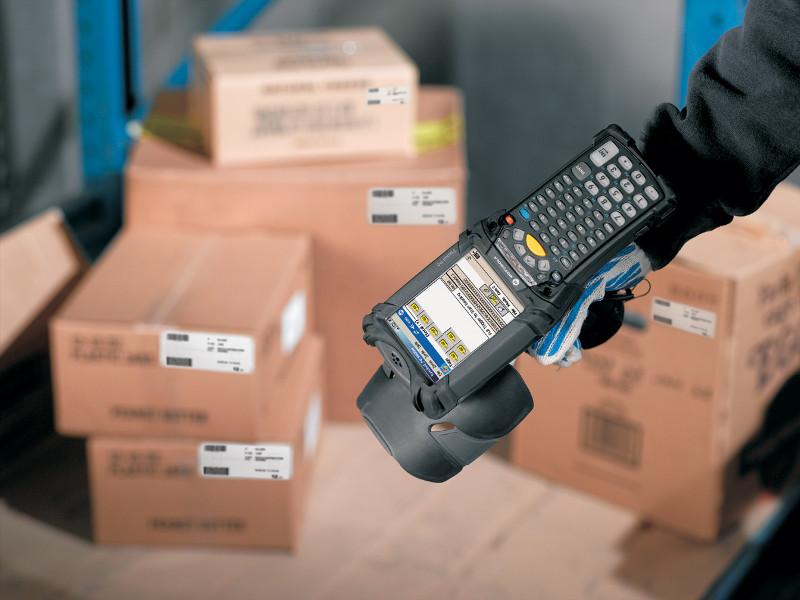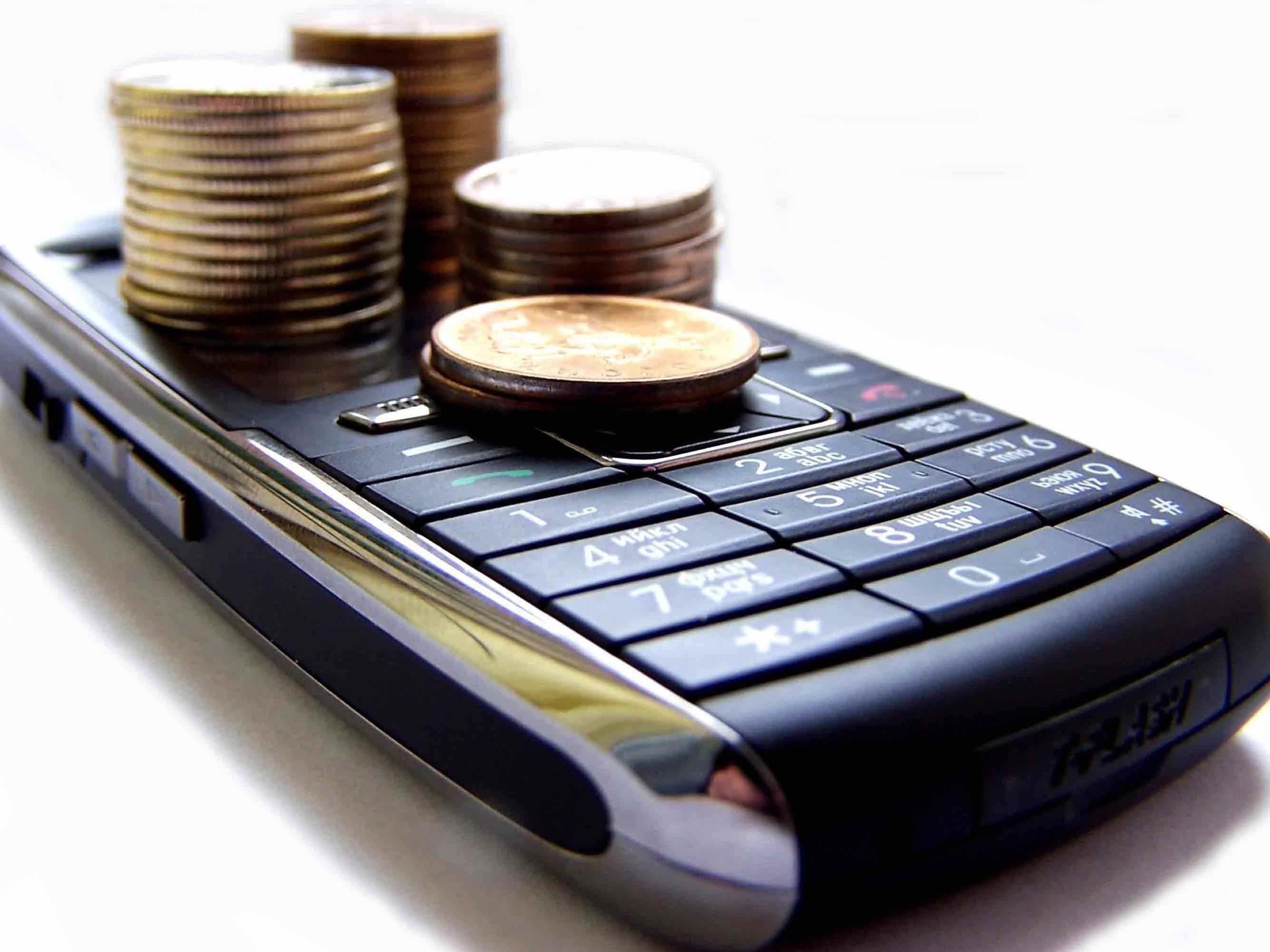The popularity of radio frequency identification or RFID technology has increased to a great extent over the past few decades. You may not have realized that you are using RFID, but if you have ever swiped the subway pass or paid with contactless credit cards such as MasterCard, ExpressPay, American Express, Chase Blink, etc., you have already put it into action.
While radio frequency identification has made human lives extremely simple, it did raise a few privacy-related issues. The following write-up specifies everything you need to know about the technology to ensure the information you offer as a traveler remains confidential. Please check it out now.
First Learn What RFID Actually Is
The experts offering the best RFID solutions for warehouses said radio frequency identification was introduced as an alternative to barcodes. It uses electromagnetic waves to transfer information within short distances.
A large number of modern-day individuals use RFID periodically while going through electronic payless toll centers on the highways or while using the ‘Fast Pass’ admission in the amusement parks.
Now some have expressed concern regarding privacy. They believed that RFID can be used in the future to track their movements or trigger identity theft. But this seems a tad farfetched since even the most advanced RFID tags can read up to 91 meters or 300 feet.
The Use of RFID in Border Crossings and Passports
Since the latter half of 2000, the passports of the United States have RFID chips embedded in them. The government has declared time and again that the chips do not treasure any personal data but instead point towards a safe database that enables the border officials to gain access to one’s photograph and other factual data when they check-in.
The international tourists may want to benefit from US Global Entry – a program that lets low-risk individuals to scan an RFID card when they return to the country. In this way, they successfully avoid long lines at the customs. Amazing, right? In the year 2012, Mexico, along with the United States, refurbished their RFID usage to help travelers to cross the borders in a hassle-free manner.
Other Applications of RFID in Travel
- The most common way RFID impacts travelers is in the form of toll lanes. The drivers must have RFID cards. The fare is deducted from the pass, and drivers do not have to wait around unnecessarily. The ones without the RFID card will obviously be fined.
- Another significant application for RFID is on the subway passes. The chip inside the card can store data about how much money is left on the card and make changes when money is added or subtracted.
- The travelers may wish to think before taking towels and robes from the hotel. Several hotels have started installing RFID chips in the linens to alleviate misplacement and theft.
Radiofrequency identification has become an integral part of several top industries, namely healthcare, retail, education, and automobile. But, very few knew that technology entered the travel sector. If you wish to utilize RFID to enjoy agreeable experiences in different parts of the world, please keep the aforementioned discussion in mind.



